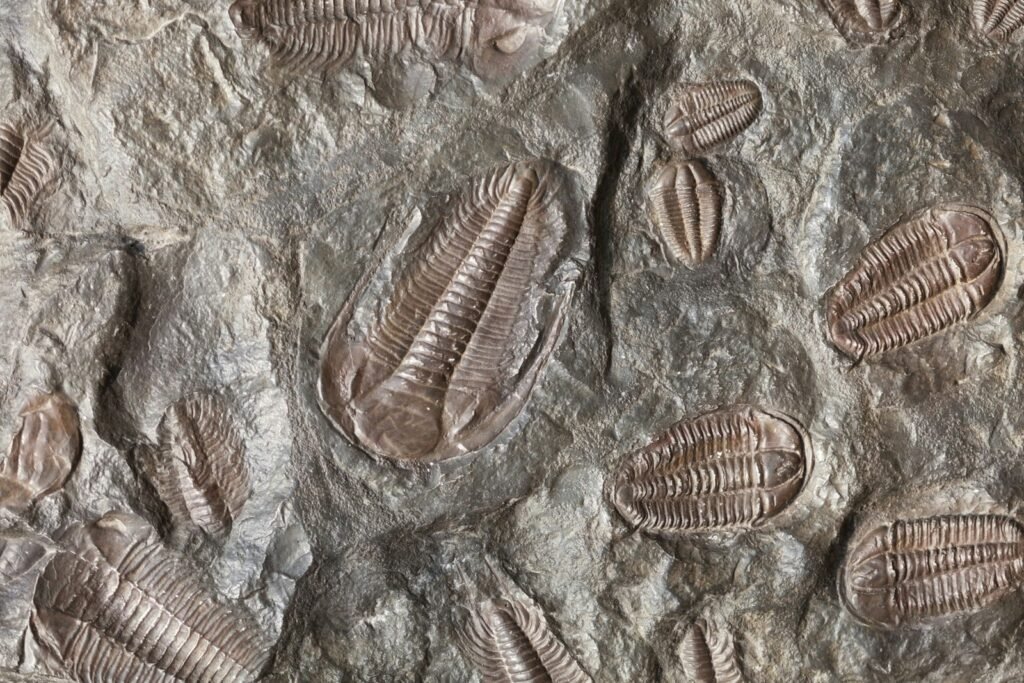Imagine standing on the edge of a crimson lake, its waters glimmering under the fierce African sun. Scattered along the shoreline, you discover haunting figures—birds and bats seemingly frozen mid-flight, their bodies perfectly preserved, as if turned to stone by a mysterious force. This isn’t a scene from a mythical tale or a fantasy novel; it’s the eerie reality of Lake Natron in northern Tanzania. The lake’s otherworldly ability to “petrify” animals has both terrified and fascinated all who visit. But what is the truth behind this strange phenomenon? Step closer, and you’ll uncover a natural wonder that blurs the boundaries between beauty, science, and the macabre.
The Unusual Chemistry of Lake Natron
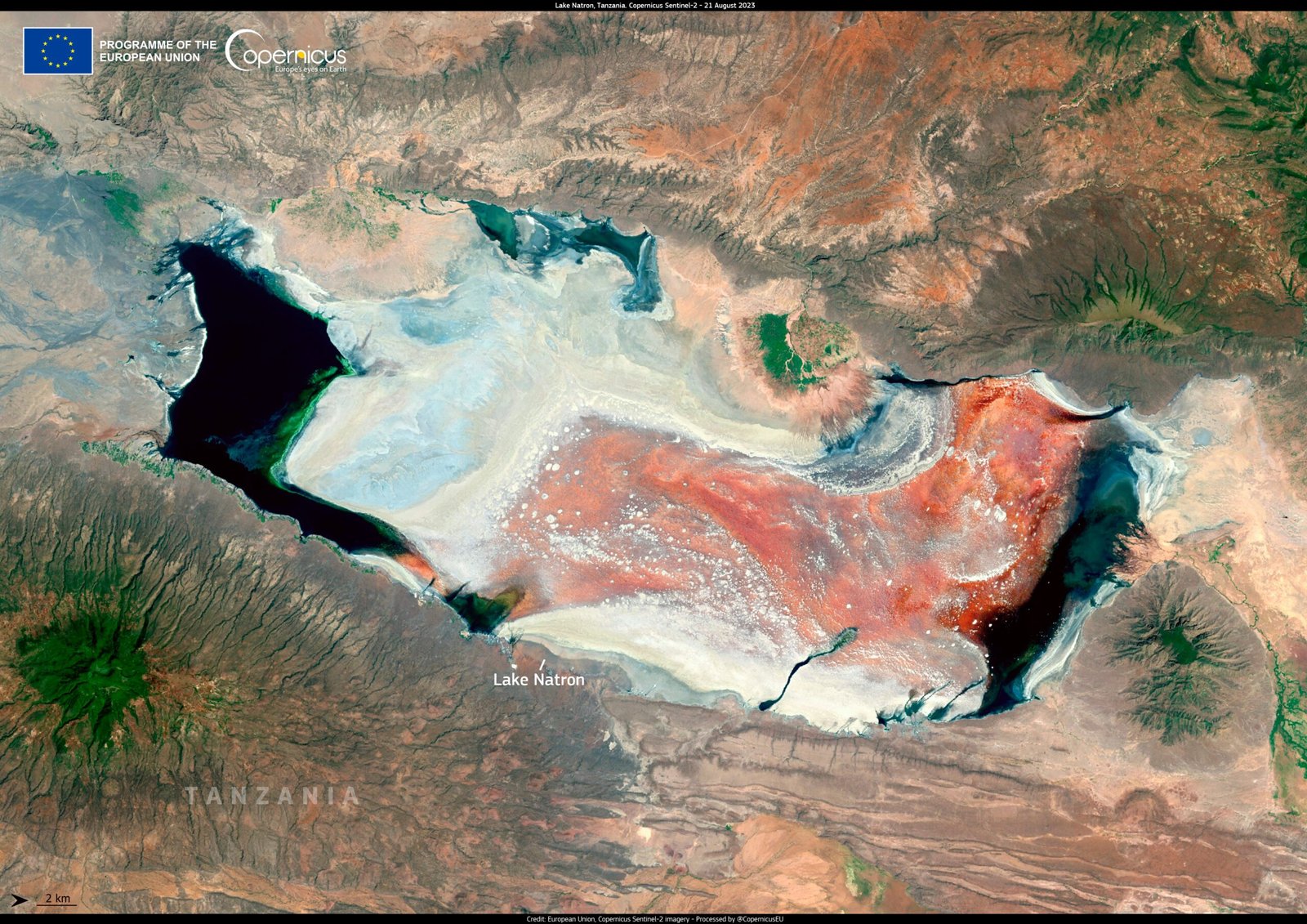
Lake Natron’s magic lies in its chemistry. Fed by hot springs rich in minerals, the lake boasts water with some of the highest alkalinity levels on Earth. The pH often measures between 9 and 12, making it as caustic as ammonia. Such intense alkalinity comes from sodium carbonate and other minerals washed down from the surrounding hills, especially from ancient volcanic ash. These compounds not only give the lake its striking color but also create an environment where few creatures can survive. The water’s temperature can soar above 60 degrees Celsius, amplifying its inhospitable nature. It’s a place where the ordinary rules of freshwater and saltwater lakes simply don’t apply.
The Phenomenon of “Petrified” Animals
Perhaps the most spine-chilling aspect of Lake Natron is its power to preserve animals. Birds that crash into the water, often disoriented by the lake’s reflective surface, quickly succumb to the toxic brew. Once submerged, their bodies are rapidly encrusted with layers of sodium carbonate, essentially mummifying them. Rather than true petrification—where organic material is replaced by minerals over millennia—this process preserves the animals’ features in stunning, lifelike detail. It’s as if time stops for these unlucky creatures, turning them into eerie statues that line the lake’s shores. The effect is so surreal that photographers and scientists alike have been captivated by these natural sculptures.
Why Is Lake Natron So Deadly?
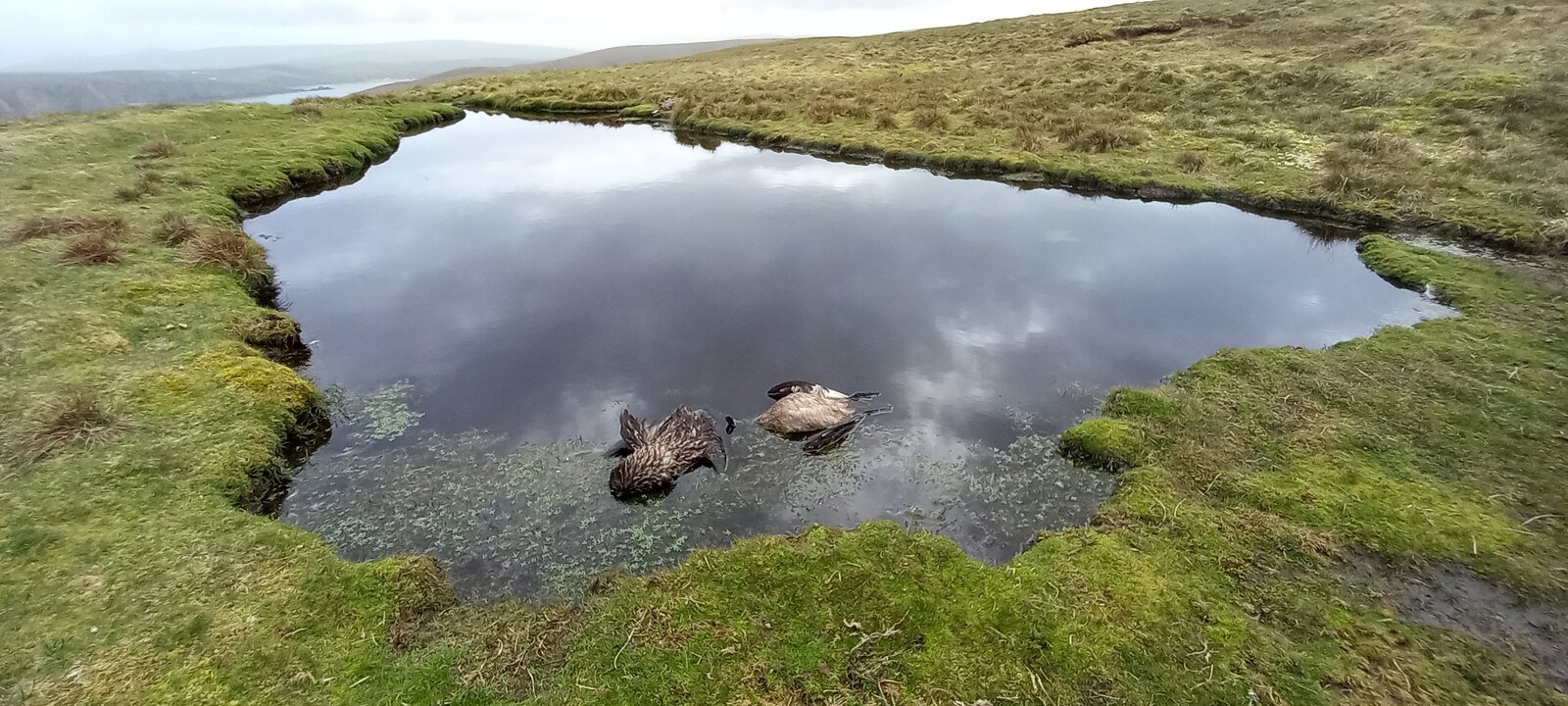
The deadly nature of Lake Natron stems from its unique chemistry and harsh climate. Most animals, whether they’re birds or small mammals, cannot tolerate the combination of searing heat, high salinity, and extreme alkalinity. The lake’s surface can act like a mirror, confusing birds in flight and causing them to dive headlong into the water. Once in the lake, the caustic environment damages their skin and tissues almost immediately. In the rare case that an animal manages to escape, the burns and chemical exposure are often fatal. For most wildlife, the lake represents a deadly trap rather than a source of life.
Survivors in a Hostile World: The Flamingos’ Secret
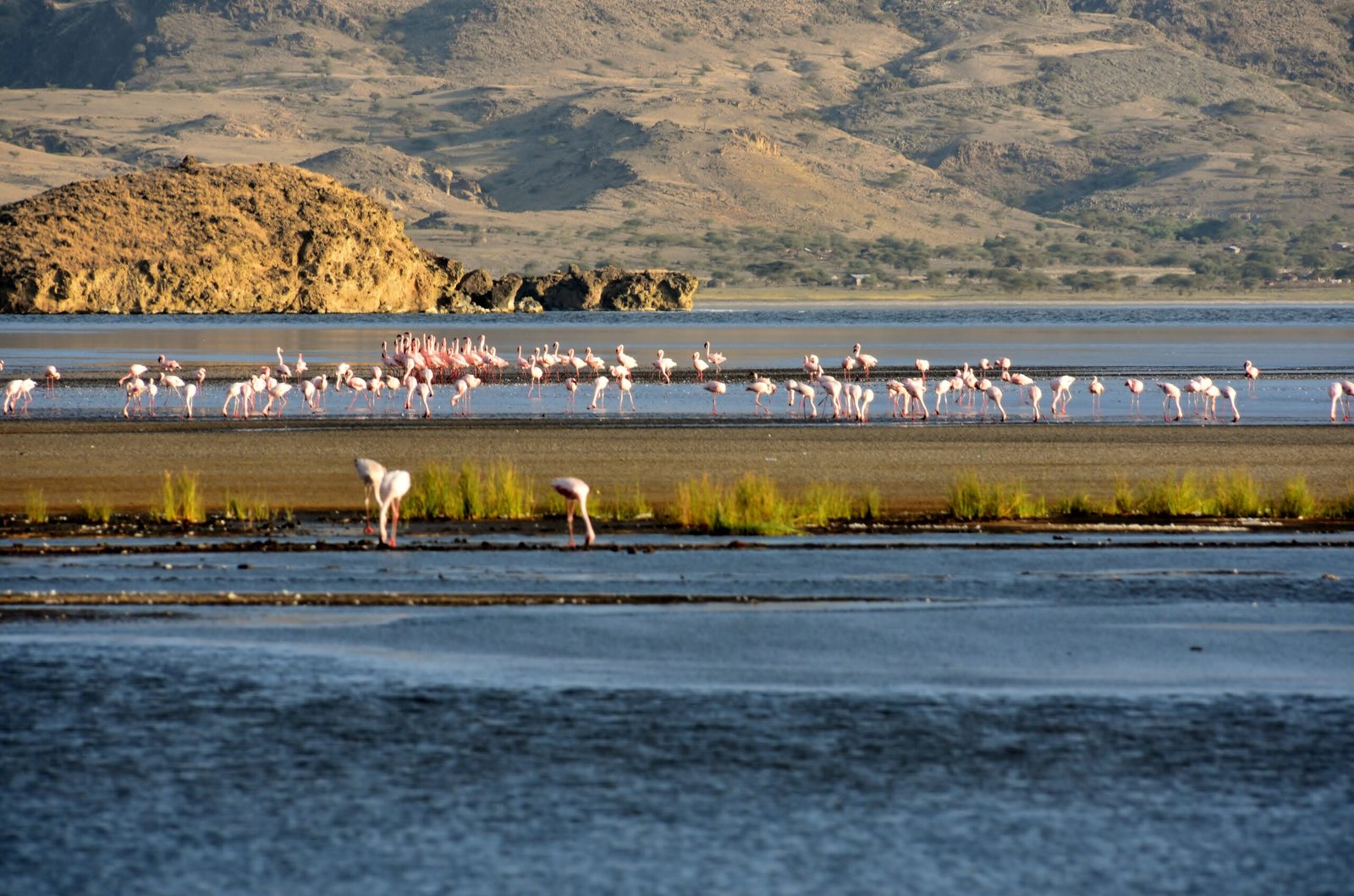
Despite its dangerous reputation, Lake Natron is not entirely devoid of life. In fact, it serves as one of the world’s most important breeding sites for the lesser flamingo. These vibrant pink birds have developed remarkable adaptations to the harsh environment. Their scaly legs and specialized skin protect them from the lake’s caustic water, allowing them to wade and nest safely. The flamingos feed on the abundant spirulina algae, which thrives in the alkaline conditions and gives the birds their signature color. For these survivors, Lake Natron is not a deadly trap but a sanctuary free from predators and competition.
The Science Behind the “Stone” Appearance
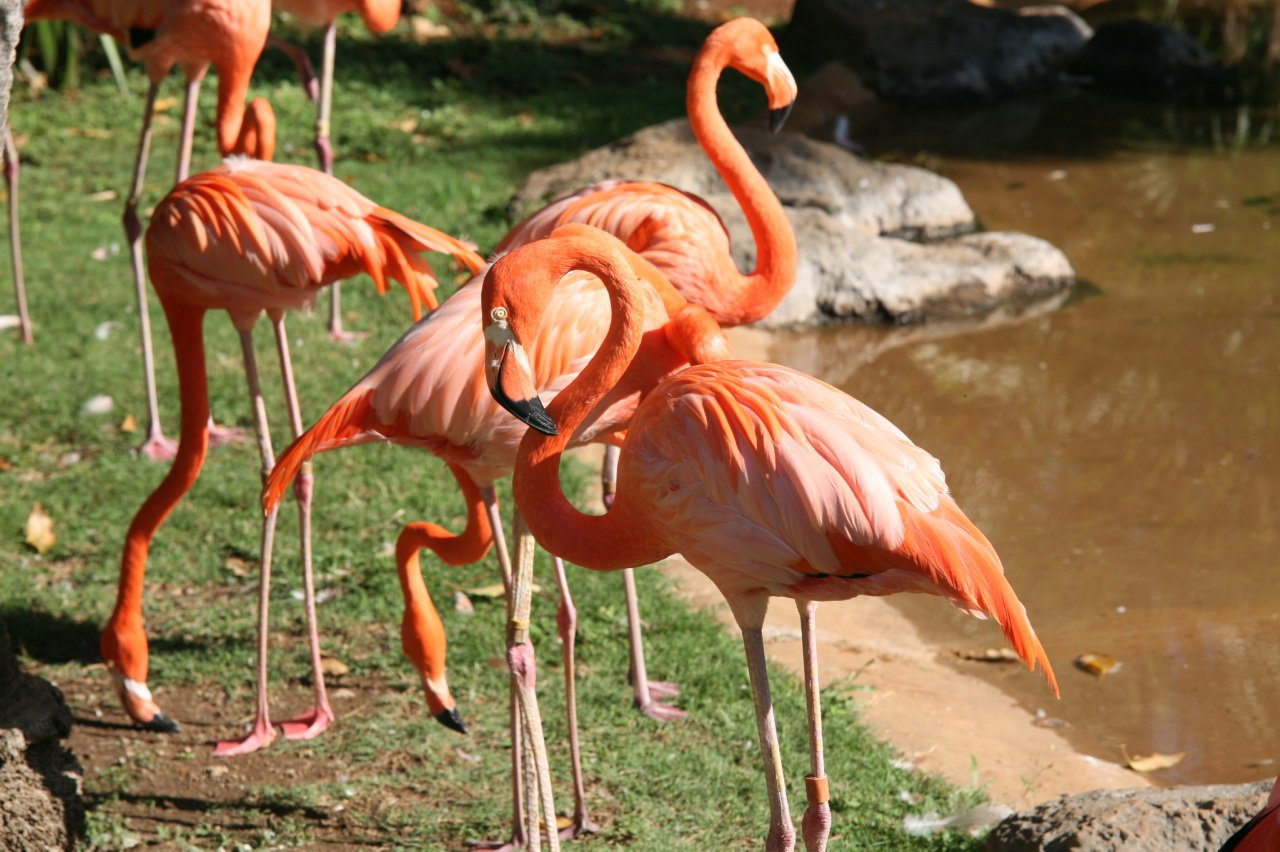
The illusion of animals turned to stone is both fascinating and misunderstood. The sodium carbonate in Lake Natron’s water is a relic from volcanic processes that shaped the region over millions of years. When animals come into contact with the water, this mineral quickly coats their bodies, creating a hard, chalky shell. Unlike fossilization, which takes thousands of years, this mineralization happens in mere days or weeks. The result is a striking, statue-like appearance that preserves every feather and whisker. This rapid process has inspired both fear and wonder, sparking legends and scientific curiosity alike.
A Landscape Shaped by Fire and Water
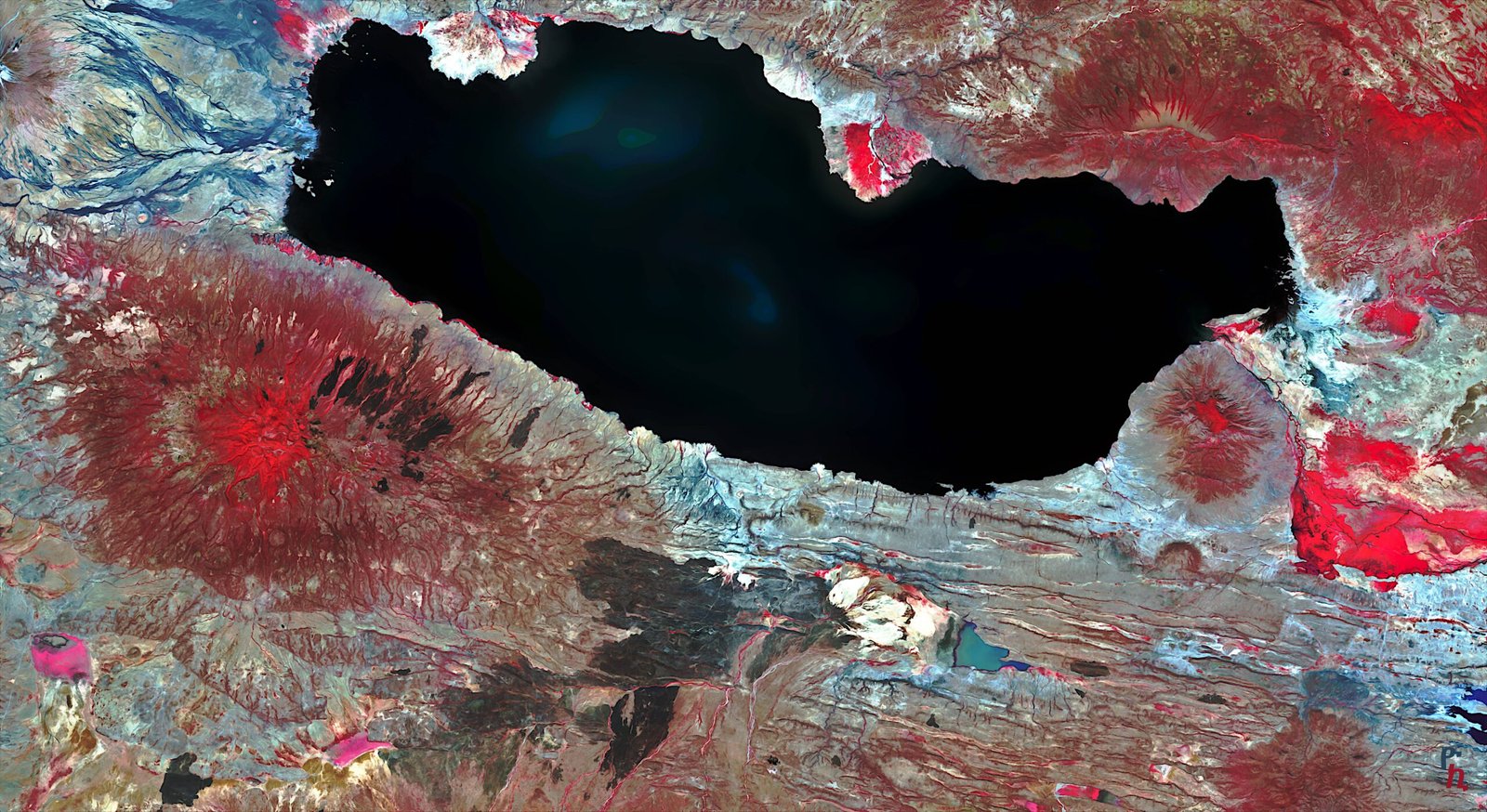
Lake Natron’s origins are as dramatic as its effects. Nestled at the base of the Great Rift Valley, the lake owes much of its chemistry to nearby volcanoes, especially the active Ol Doinyo Lengai. Volcanic ash and minerals are washed into the basin by seasonal rains, enriching the water with sodium carbonate and other alkaline compounds. Over time, evaporation concentrates these minerals, turning the lake into a caustic, mineral-laden pool. The intense heat and arid climate only enhance these effects, making Lake Natron a dynamic, ever-changing landscape shaped by fire and water.
The Role of the Lake in Local Culture
For the Maasai people and other communities living near Lake Natron, the lake is much more than a scientific curiosity. Its waters are both a source of awe and a cause for caution. Stories of animals turning to stone have woven their way into local myths and folklore, reinforcing the lake’s reputation as a place of great power. Some believe the lake holds spiritual significance, serving as a boundary between worlds or a warning from nature itself. These cultural perspectives add another layer of mystery to an already enigmatic place.
The Ecological Importance of a Deadly Lake
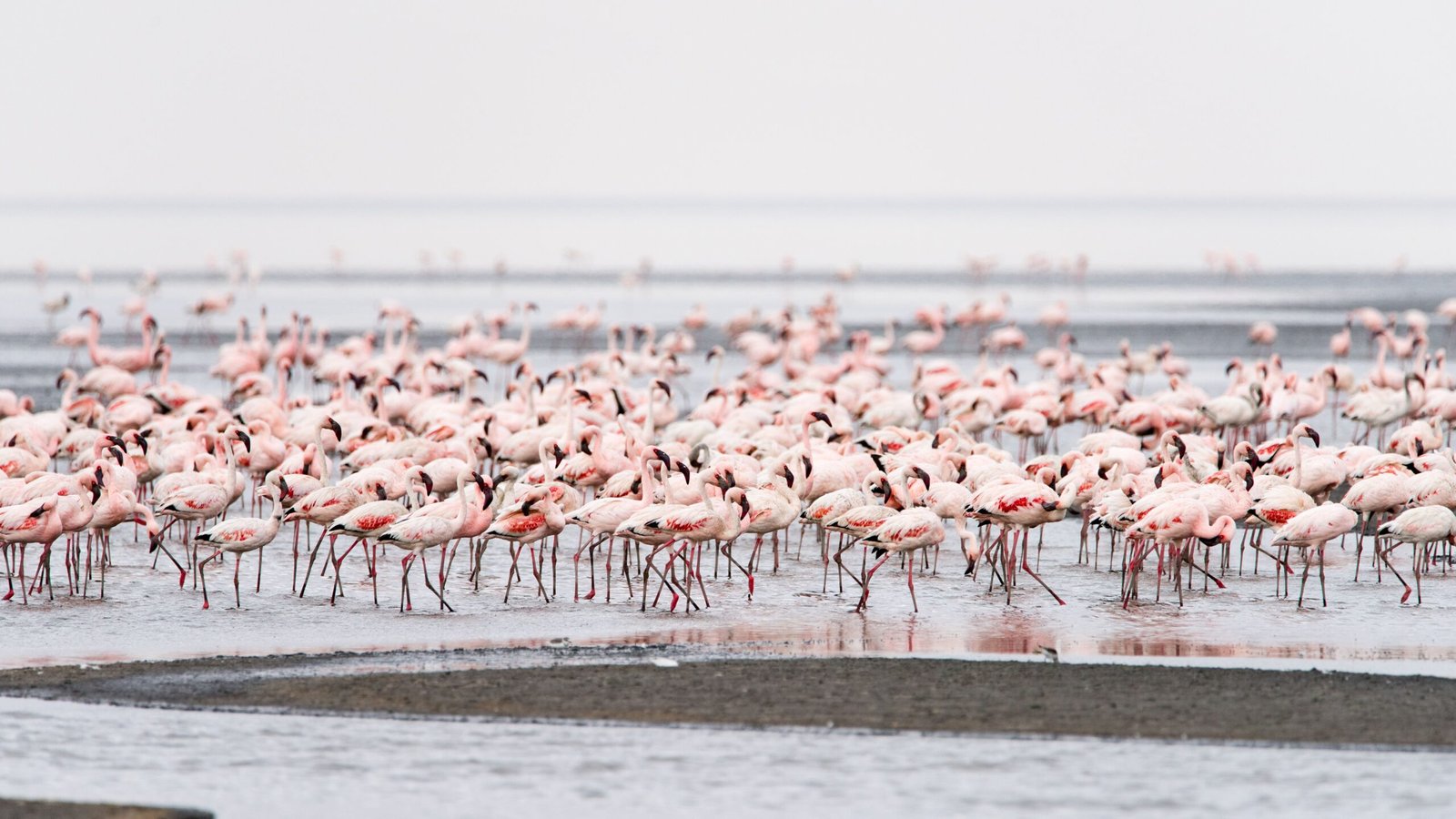
Although Lake Natron’s waters are lethal to most creatures, the ecosystem that surrounds it is surprisingly vibrant. The flamingos that breed here are not only a spectacular sight but also a crucial part of the regional food web. The algae that thrive in the alkaline water support countless insects and small organisms, creating a unique microhabitat. Migratory birds and mammals rely on the lake’s resources during certain times of the year. Even the mineral-laden muds provide nutrients for plants and grazing animals on the lake’s fringes. In this way, Lake Natron proves that even the harshest environments can be teeming with life.
Photographers and the Haunting Beauty of Natron
The haunting images of “petrified” animals along Lake Natron’s shore have captured the imagination of people around the world. Photographers brave the intense heat and caustic fumes to document these natural sculptures, creating art that blurs the line between life and death. Their work has brought global attention to the lake’s eerie beauty, inspiring both fascination and conservation efforts. These striking photographs remind us of nature’s power to surprise, unsettle, and inspire awe all at once.
Protecting a Unique Natural Wonder
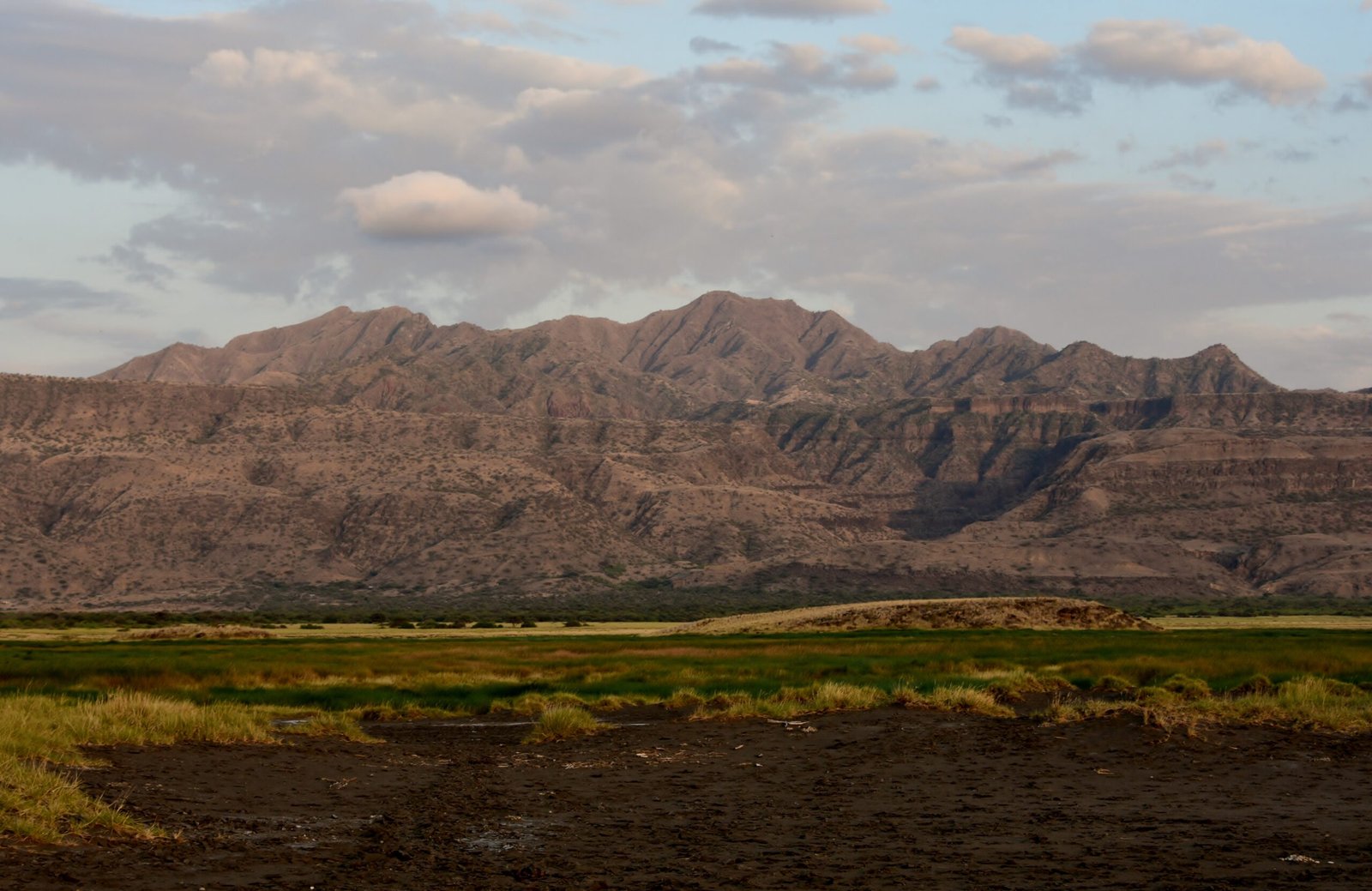
Lake Natron faces threats from proposed industrial projects and environmental changes. Conservationists are working tirelessly to safeguard the lake and its fragile ecosystem. The fate of the lesser flamingos and countless other species depends on maintaining the delicate balance of minerals and water that make the lake so unique. Advocacy and awareness have led to increased protections, but continued vigilance is needed. The challenge is to balance human needs with the preservation of one of Earth’s most unusual and hauntingly beautiful places.
Reflections on Nature’s Most Surreal Trap
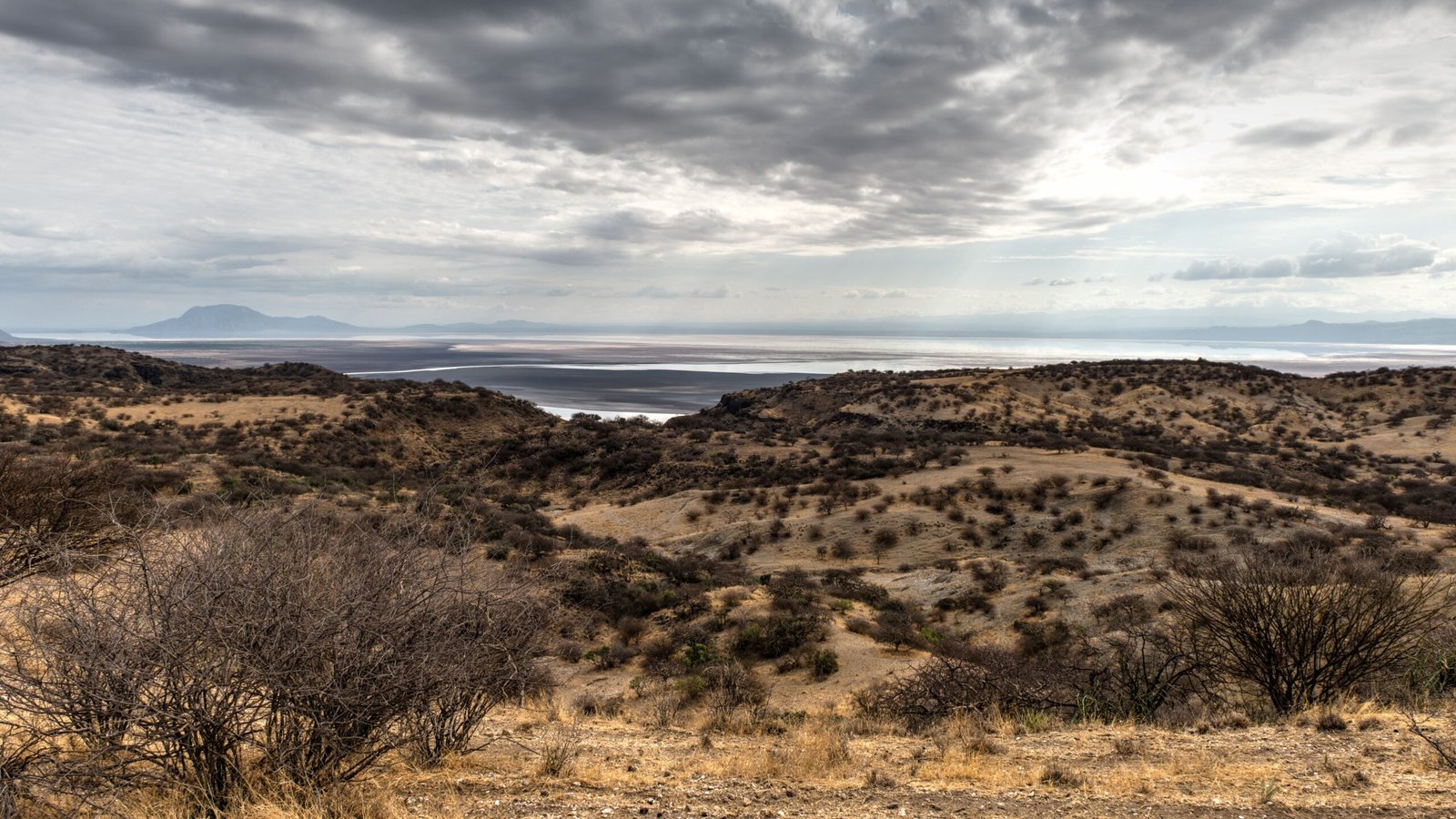
Lake Natron stands as a testament to the extremes of our planet. It is a place where chemistry and geology converge to create a landscape that defies belief—a natural trap that stuns, preserves, and protects all at once. For some, it is a place of death; for others, a cradle of life. The lake’s story challenges us to look deeper, to question our assumptions about beauty and danger, and to marvel at the power of nature to shape both life and legend. Are we ever truly prepared for the mysteries the world holds?




